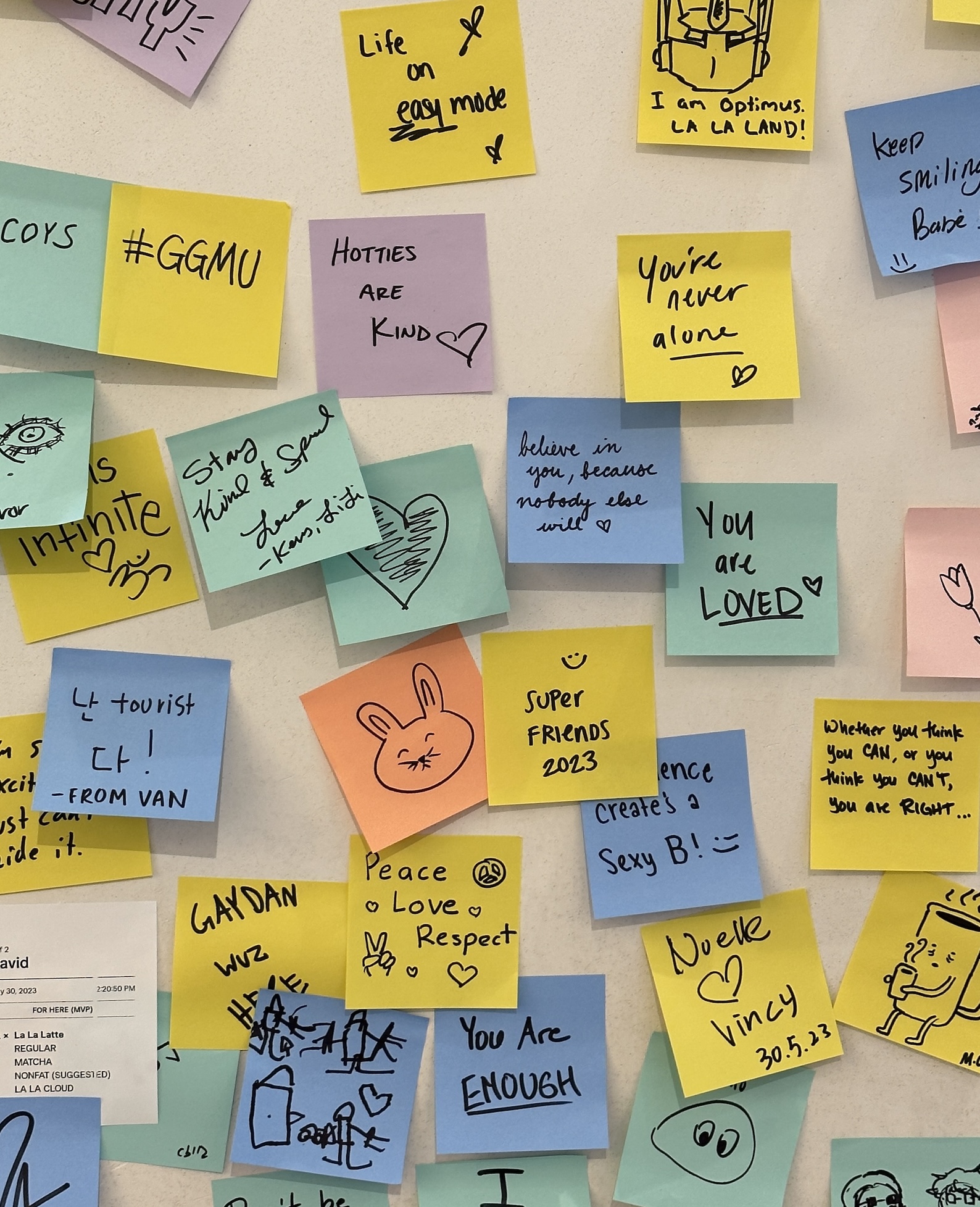Starting an exercise routine can often feel like one of those things that’s perpetually on tomorrow’s to-do list. Yet, you’re here because you’re ready to make that change, and that’s a big first step.
Before diving into the hows, it’s crucial to address the most common mental blocks that might have delayed your start. Together, we’ll break down these barriers and set you on a path to a more active lifestyle.
Understanding the Why
Have you ever stopped to think why exactly you want to start exercising? It’s not just about the vague idea of “getting fit” or “losing weight.” Identifying specific reasons—whether it’s improving your mood, boosting energy levels, or managing stress—can significantly enhance your commitment to a routine.
For me, realizing that a morning jog could be a peaceful time just for myself, away from the chaos of daily responsibilities, was a game changer. Your ‘why’ is your anchor; remember it when motivation wanes.
Setting Realistic Goals
Goal-Setting Basics
Setting goals sounds straightforward, but the key here is to be realistic. It’s great to be ambitious, but starting with manageable milestones is crucial.
Think about setting a mix of short-term goals (like going for a 30-minute walk five days a week) and long-term goals (like running a 5K). Each achievement will boost your confidence and motivate you to keep going.
The SMART Approach
To keep your goals clear and reachable, each one should be Specific, Measurable, Achievable, Relevant, and Time-bound (SMART). For example, instead of a generic goal to “exercise more,” a SMART goal would be, “I will attend yoga classes twice a week for the next month.” It’s precise and gives you a clear target to hit.
Creating a Sustainable Routine
Integrating Exercise into Your Lifestyle
The best exercise routine is the one that fits seamlessly into your life. Look at your weekly schedule and find slots where a workout session can comfortably fit. This might mean a yoga session during your lunch break or a quick jog before breakfast. The goal is to make these workouts as natural as brushing your teeth.
Time of Day Matters
Are you a morning person or does your energy peak in the evening? Tailoring your workout times to when you feel most energetic can make a significant difference in sticking to your routine. I’ve found that trying to push through a workout when I’m naturally sluggish only breeds resentment towards exercising.
Leveraging Behavioral Psychology
The Power of Commitment Devices
Incorporating commitment devices can effectively lock in your future behavior. Signing up for a gym membership, purchasing a series of yoga classes, or even investing in home exercise equipment can commit you to following through. It’s like making a pact with your future self to prioritize your health.
Building Lasting Habits
Creating a habit loop around your exercise regimen involves establishing clear cues, routines, and rewards. For instance, laying out your workout clothes the night before (cue), exercising first thing in the morning (routine), and enjoying a favorite smoothie afterward (reward) can solidify this new habit.
Overcoming Mental Blocks
Identifying Negative Self-Talk
It’s easy to become your own worst critic, especially when you’re just starting out. Catch yourself when you start thinking things like “I’m not good at this” or “This isn’t working.”
Reframing these thoughts to “I’m learning something new” or “Every day, I’m improving,” can shift your mindset positively.
Staying Motivated
Motivation can wane, especially when visible progress is slow. Setting up mini-rewards for meeting smaller goals can keep you motivated. For example, treat yourself to a new book or a relaxing bath after a week of completed workouts. Remember, consistency is key, even when progress seems elusive.
The Role of Accountability
Finding an Accountability Partner
An accountability partner or joining a fitness group can significantly enhance your commitment. Whether it’s a friend who checks in on your progress or a fitness class where everyone knows your name, having others involved can provide a necessary push on the days you feel like giving up.
Using Technology to Stay on Track
In today’s digital age, numerous apps can help you track your progress and maintain your fitness commitments. Apps like MyFitnessPal or Strava not only track your activity but also provide a platform to connect with others for that extra motivational boost.
Keeping Things Fun and Engaging
Vary Your Workouts
Routine can become monotonous. Keeping your exercise regimen exciting by incorporating different types of workouts—like switching between cardio, strength training, and flexibility exercises—can keep you engaged and eager to continue.
Embrace New Challenges
Ever thought about joining a dance class or trying rock climbing? Sometimes, stepping out of your comfort zone can reignite your passion for activity and introduce you to new and enjoyable forms of exercise. It’s all about keeping the journey interesting.
You now have a toolkit to help convince yourself to start exercising, packed with strategies from understanding your motives to leveraging psychology and finding joy in the journey.
The hardest part is often just beginning, so why not start small today? Your future self will thank you.
















